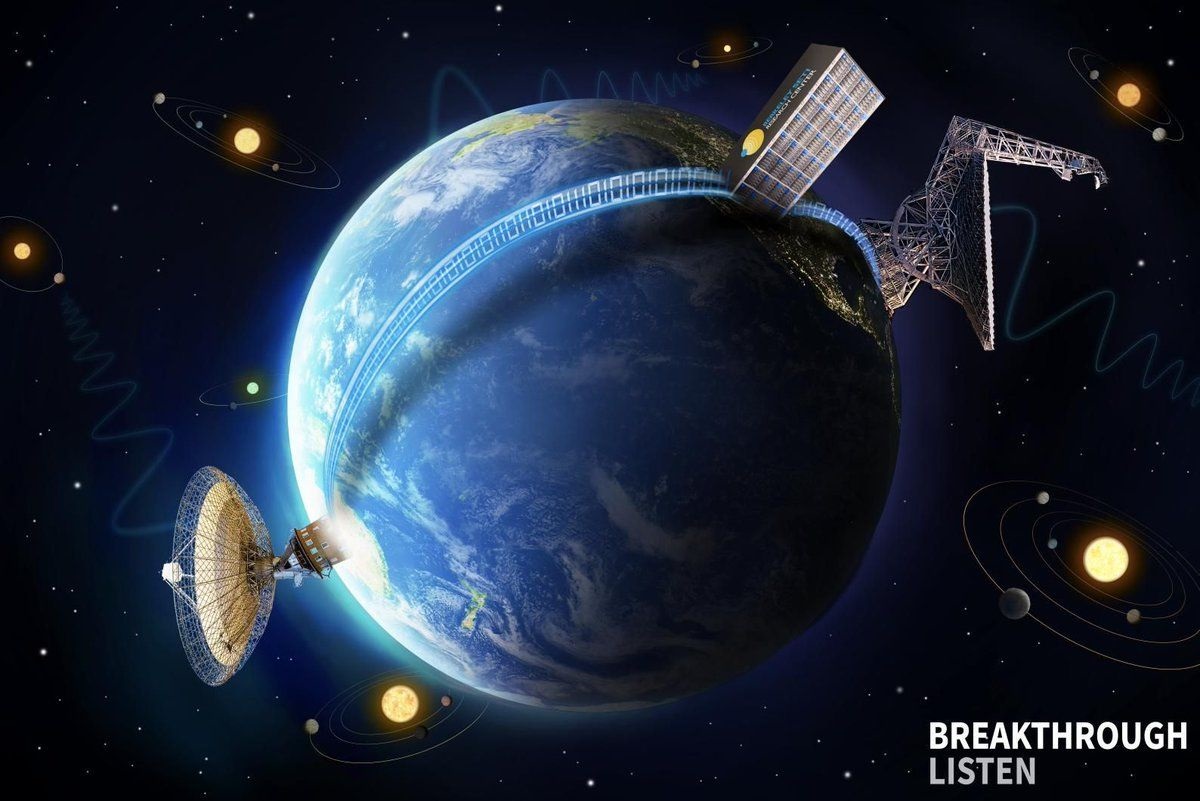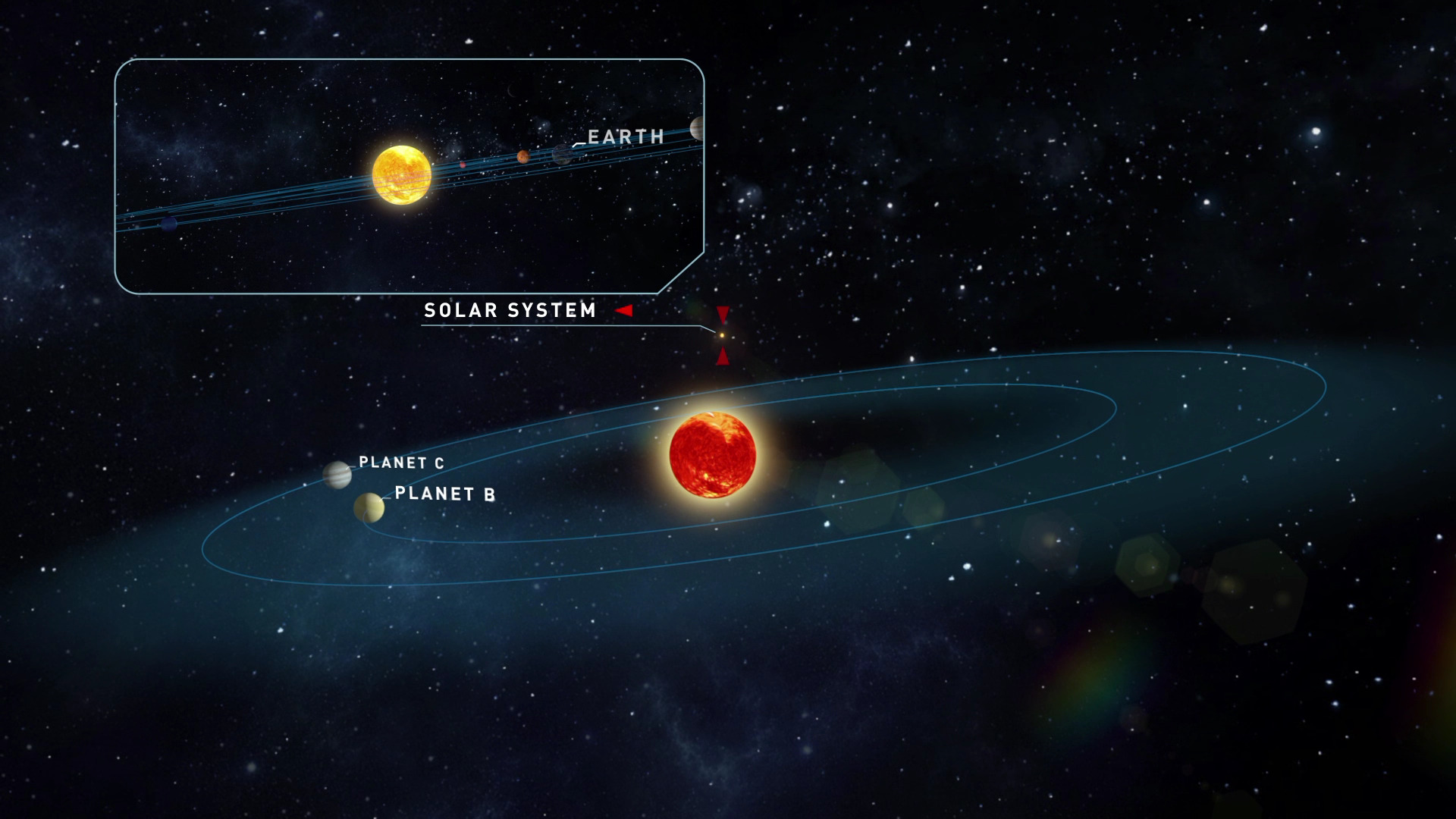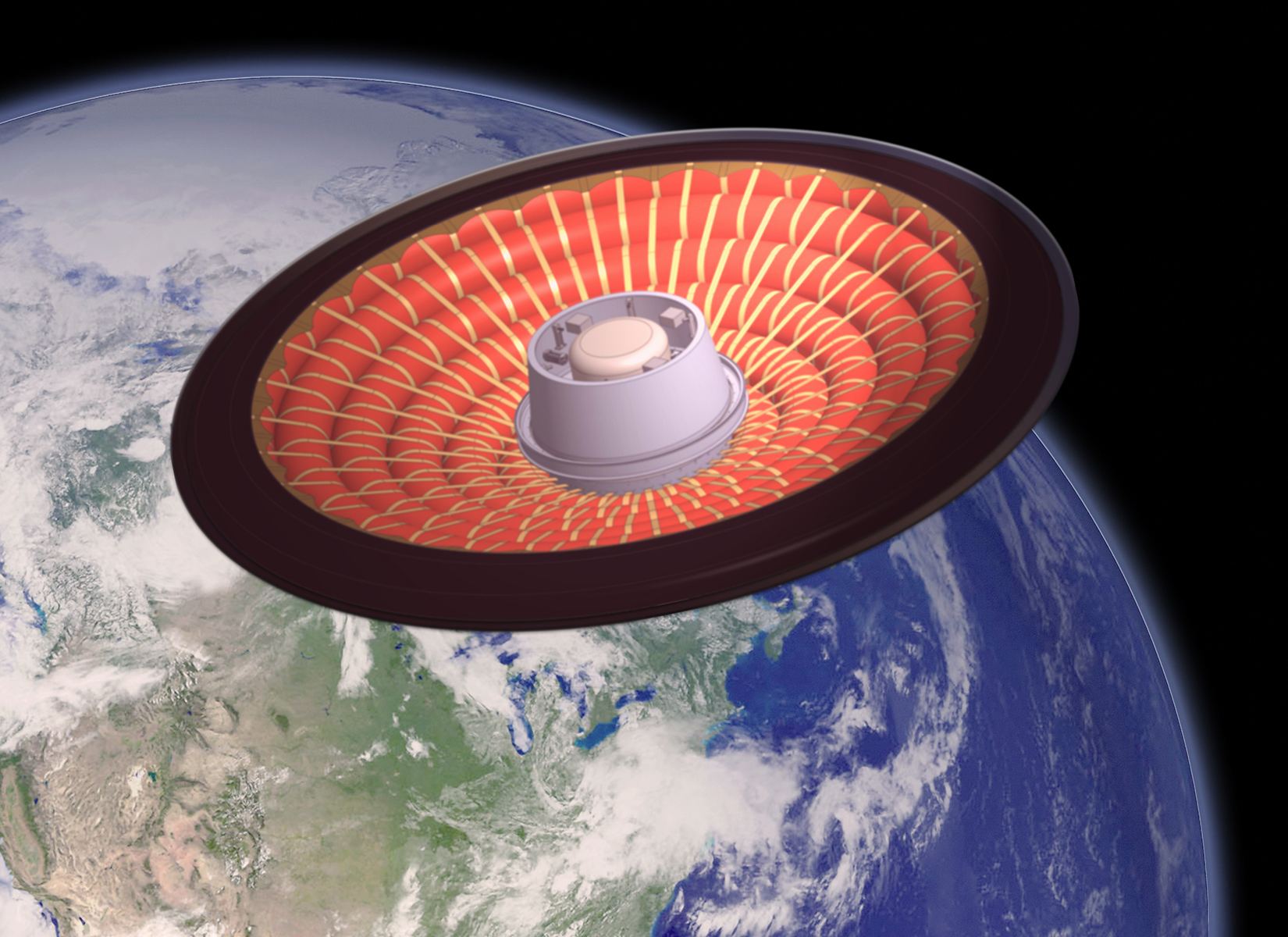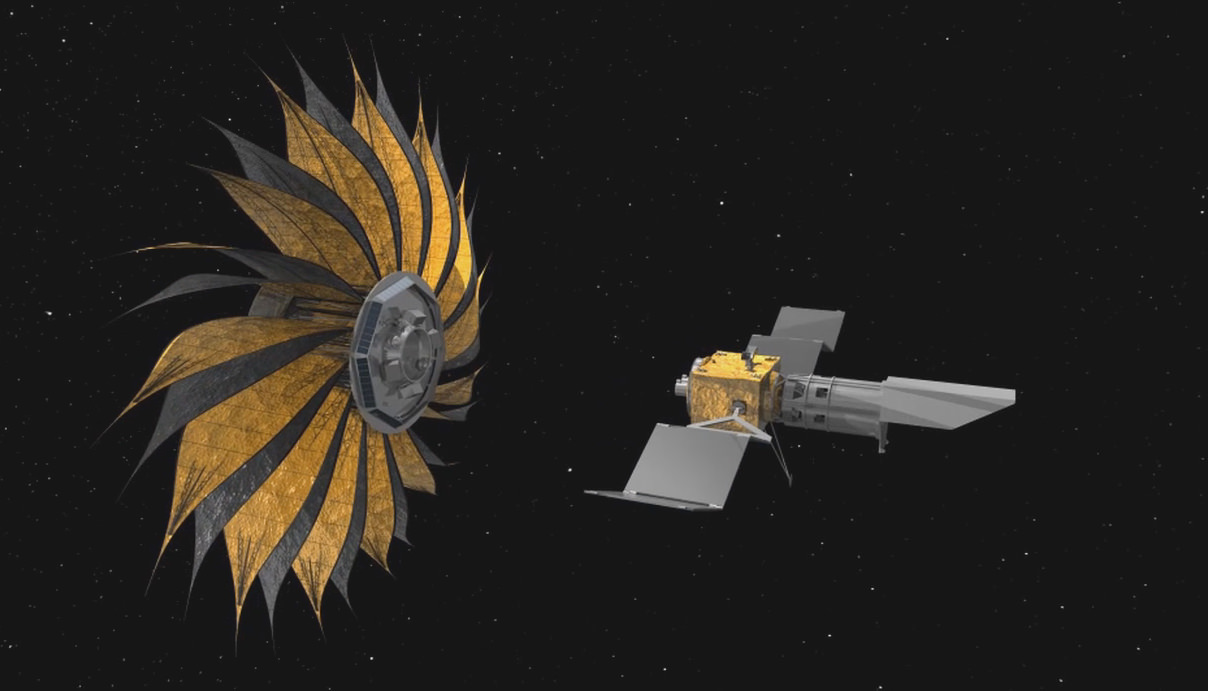As soon as the Cassini-Huygens mission arrived the Saturn system in 2004, it began to send back a number of startling discoveries. One of the biggest was the discovery of plume activity around the southern polar region of Saturn’s moon Enceladus’, which appears to be the result of geothermal activity and an ocean in the moon’s interior. This naturally gave rise to a debate about whether or not this interior ocean could support life.
Since then, multiple studies have been conducted to get a better idea of just how likely it is that life exists inside Enceladus. The latest comes from the University of Washington’s Department of Earth and Space Sciences (ESS), which shows that concentrations of carbon dioxide, hydrogen and methane in Enceladus’ interior ocean (as well as its pH levels) are more conducive to life than previously thought.
Continue reading “Enceladus is Filled with Tasty Food for Bacteria”









